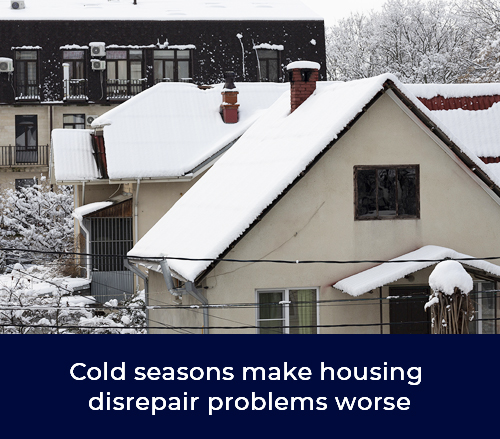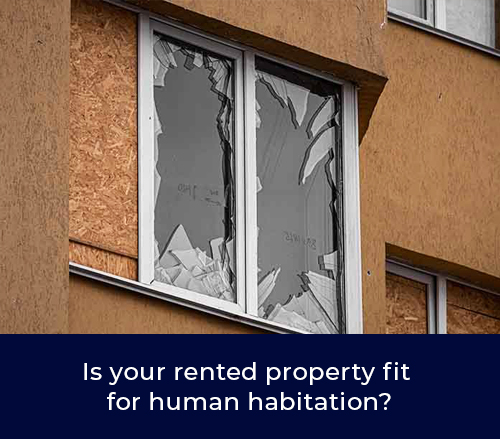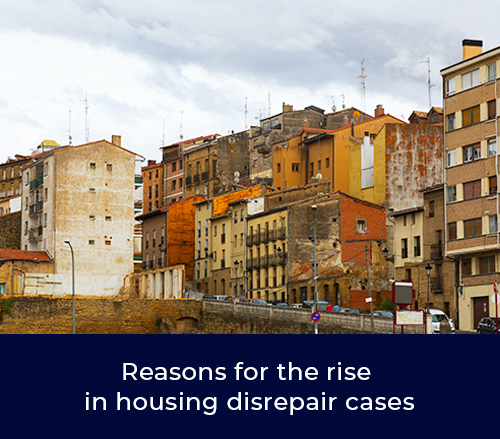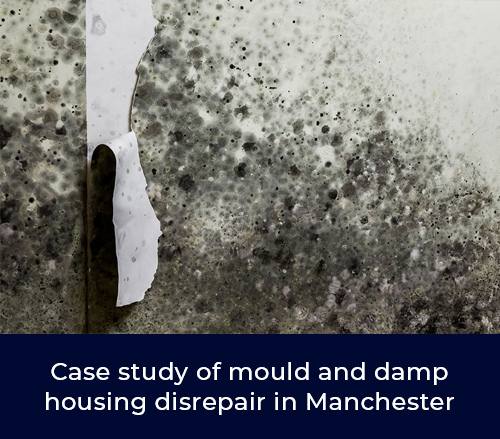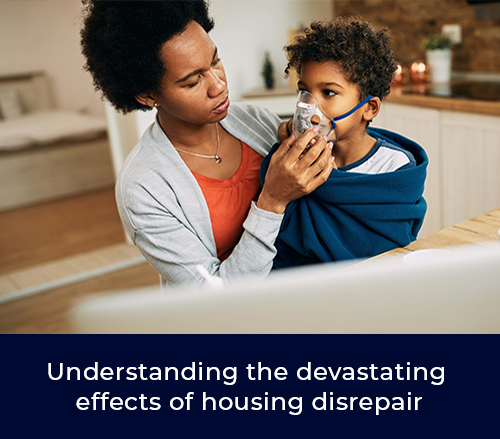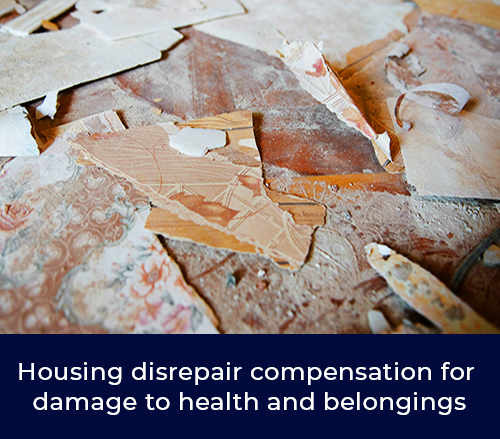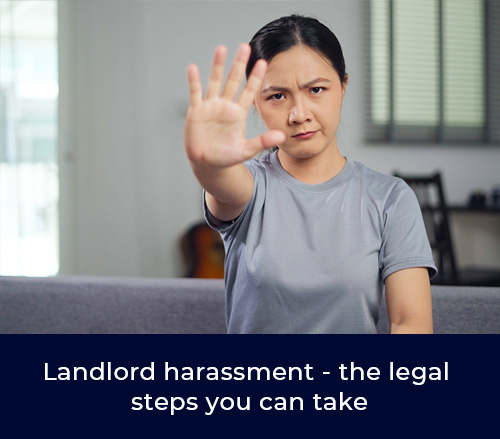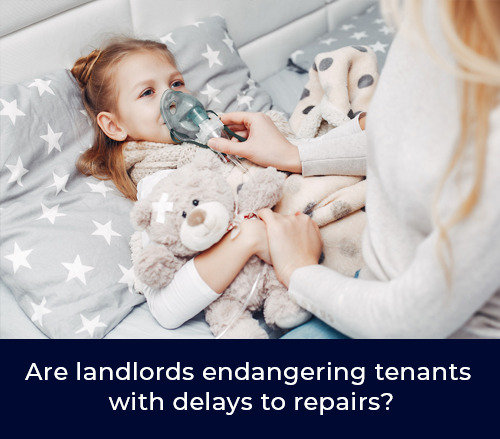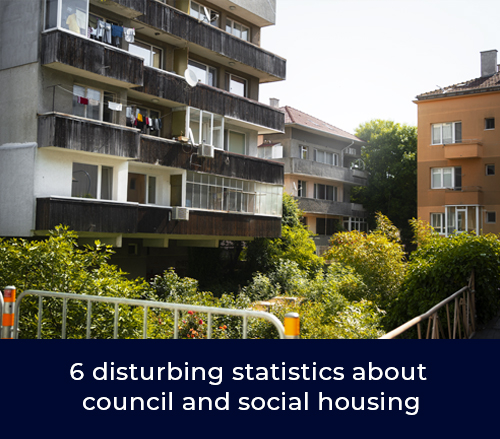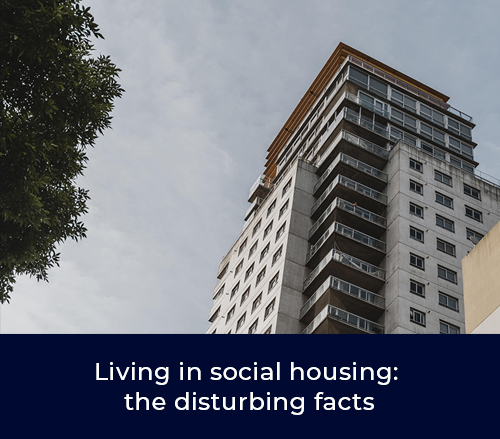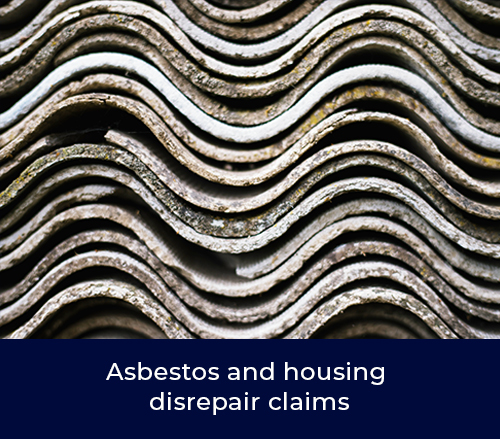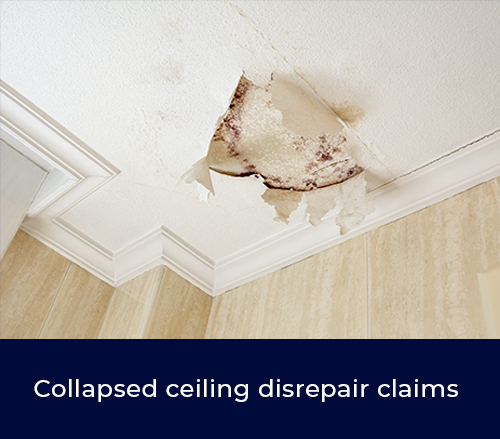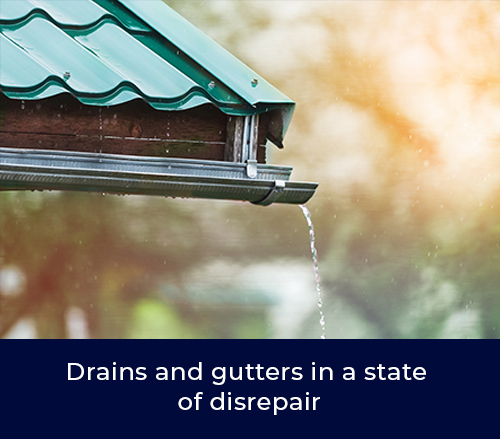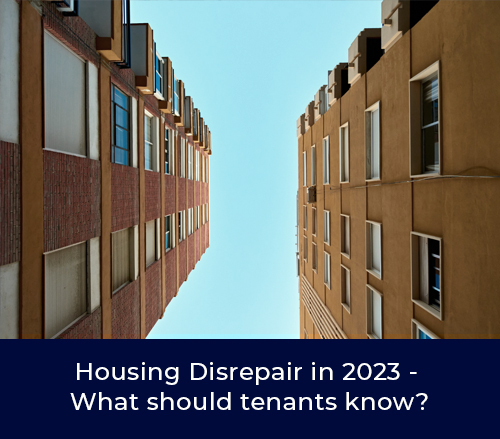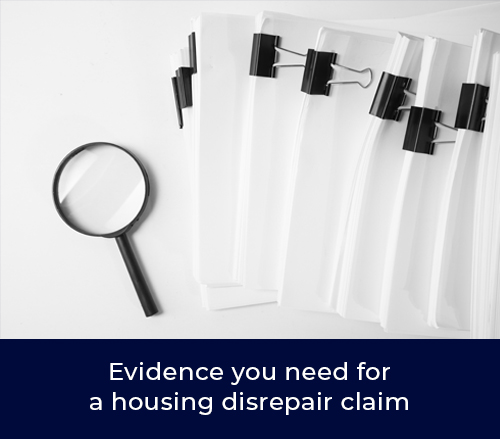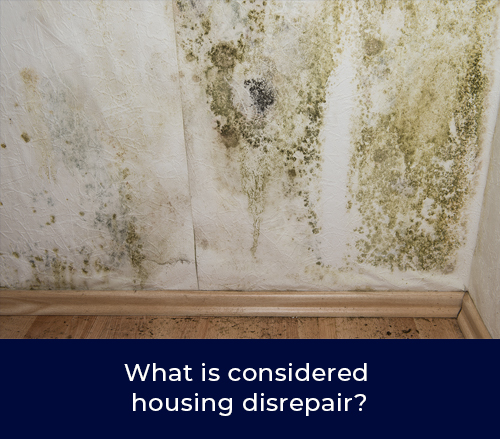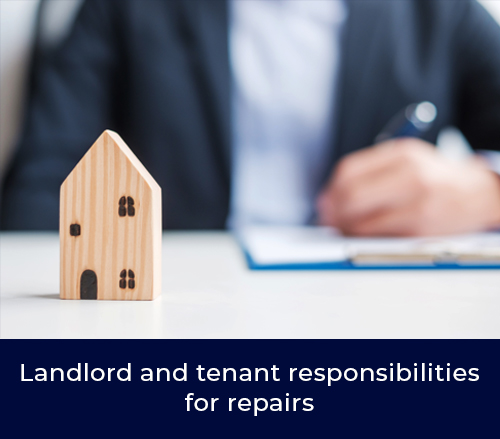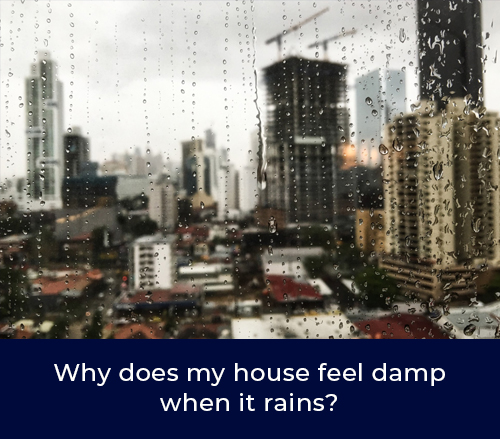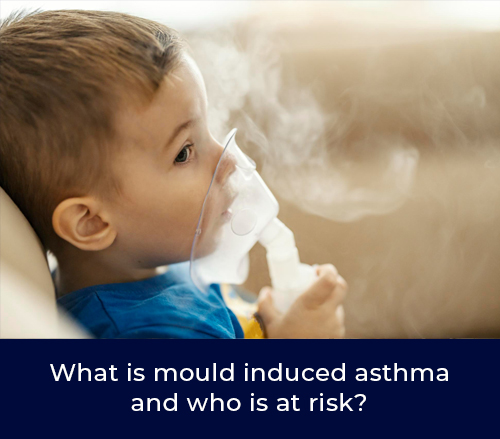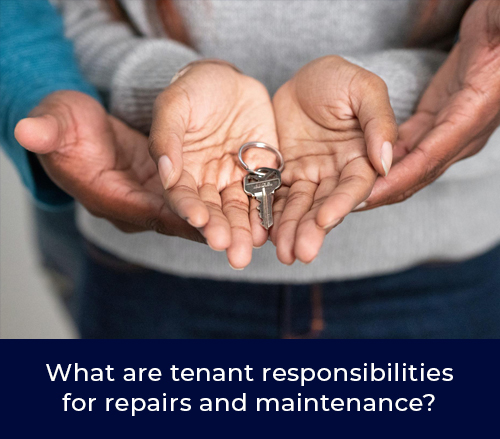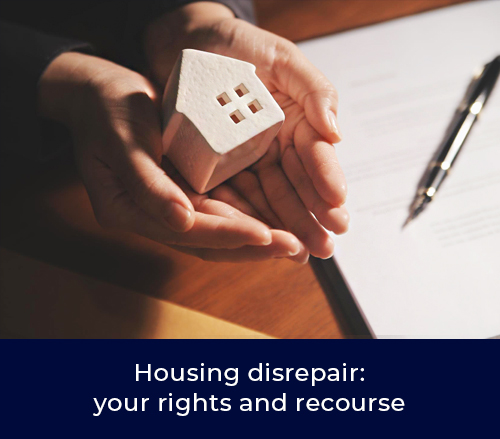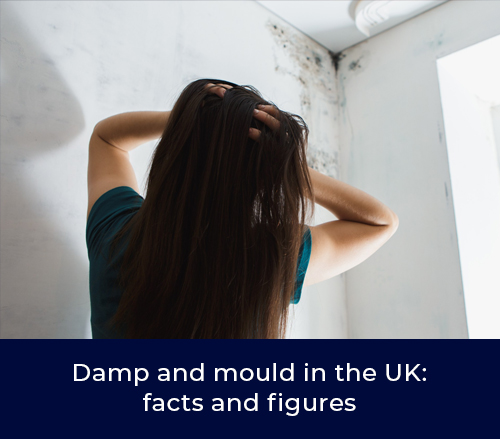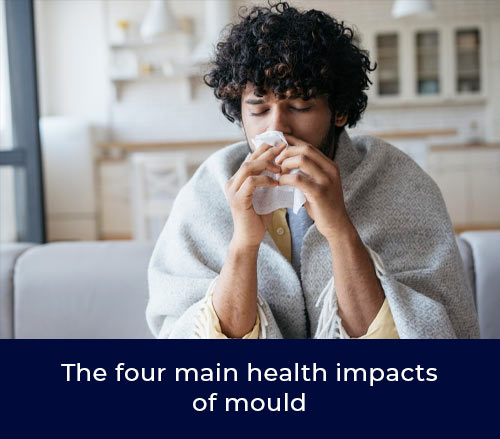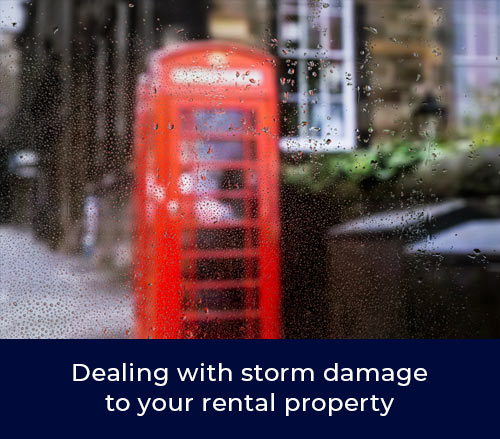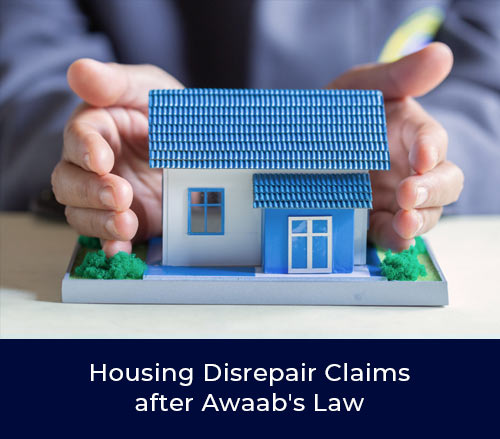Understanding the devastating effects of housing disrepair
Neglecting to maintain a property can have detrimental effects on one’s well-being. People who rent their property from the housing association or council have the right to a safe and liveable habitat and it is the responsibility of their housing association or local council to ensure that any problems are promptly addressed. Housing disrepair can present itself in various forms such as the presence of mould, unwanted pests, inadequate plumbing, and leaky pipes.
These issues can lead to a multitude of health concerns including headaches, breathing difficulties and skin irritation among others:
1. Allergies
Allergic reactions can be triggered by various substances, including mould spores, dust mites, and chemicals found in construction materials. The severity of symptoms can vary from person to person and may include difficulty breathing, runny nose and eyes, itching, sore throat, coughing, sneezing, skin rashes and other skin irritations. If you are experiencing these symptoms and can’t seem to identify the cause, it may be worth considering if your living conditions are contributing to your discomfort. Poor conditions, such as exposure to mould or other allergens, can be a significant factor in the development of these symptoms.
2. Asthma and other respiratory conditions
Certain allergens can be particularly problematic for individuals with respiratory sensitivities and can lead to conditions such as asthma. A report by the UK Housing and Health organization highlights the impact that allergens such as cockroaches can have on inner-city communities. These pests can cause allergic reactions and contribute to asthma. Exposure to damp environments, mould, and toxic materials such as asbestos can also exacerbate respiratory issues and trigger asthma attacks. It is important to address these environmental factors in order to maintain healthy indoor air quality and reduce the risk of respiratory problems.
3. Respiratory infections
Poor living conditions characterized by cold temperatures, dampness, and mould growth, can increase the likelihood of respiratory infections such as sinusitis, bronchitis, and pneumonia. These conditions pose a particularly high risk to vulnerable people including the young and elderly. Living in a clean, dry, and well-maintained environment is crucial for maintaining good respiratory health and reducing the risk of infections.
4. Gastrointestinal infections
Malfunctioning plumbing, such as broken drains, pipes, water systems and toilets, can lead to the spread of gastrointestinal infections. Tenants can be exposed to harmful contaminants through contact with faecal matter or contaminated water. This risk is compounded by the presence of pests, unsanitary conditions and inadequate waste management systems. Symptoms of these infections can include fever, nausea, diarrhoea, and dehydration which can be especially dangerous for those with weakened immune systems. Maintaining proper hygiene and sanitation practices is essential in preventing the spread of these infections and protecting the health of tenants.
5. Poisoning
Living in poorly ventilated, structurally unsound, and hazardous environments can put individuals at risk of exposure to toxic substances such as smoke, lead, radon gas and carbon monoxide. These dangerous elements can have serious and even deadly health consequences, including respiratory difficulties, nervous system disorders, cancer and more. Carbon monoxide poisoning, for example, can occur within just two hours of exposure and is potentially fatal. Prolonged exposure to lead can also lead to serious neurological symptoms, while long-term exposure to radon gas has been linked to an increased risk of lung cancer. It is crucial to ensure that living spaces are safe and free from these harmful substances in order to protect the health and well-being of those who occupy them.
6. Cancer
Asbestos exposure is a major contributor to cancer in the context of housing disrepair. This toxic building material was widely utilized until the 1980’s when its cancer-causing properties were discovered. Housing associations and local councils have a responsibility to ensure that properties containing asbestos are safe for tenants to inhabit. In addition to asbestos, long-term exposure to radon gas, as discussed earlier, can also increase the risk of lung cancer due to inadequate housing conditions. It is essential for landlords and governing bodies to take proactive measures to identify and mitigate the presence of these dangerous substances in order to protect the health and safety of tenants.
7. Physical injuries
Asbestos exposure is a major contributor to cancer in the context of housing disrepair. This toxic building material was widely utilized until the 1980’s when its cancer-causing properties were discovered. Housing associations and local councils have a responsibility to ensure that properties containing asbestos are safe for tenants to inhabit. In addition to asbestos, long-term exposure to radon gas, as discussed earlier, can also increase the risk of lung cancer due to inadequate housing conditions. It is essential for landlords and governing bodies to take proactive measures to identify and mitigate the presence of these dangerous substances in order to protect the health and safety of tenants.
8. Cardiovascular diseases
Cardiovascular diseases, including heart attack, stroke and heart failure, are disorders that impact the heart and blood vessels. Surprisingly, poor housing conditions can contribute to the development of these diseases, particularly in environments that are cold, damp and mouldy. A report by Housing and Health highlights the correlation between indoor temperature fluctuations and an increased risk of cardiovascular disease. It is essential to maintain safe and healthy living conditions to protect against these potential health hazards.
9. Anxiety and depression
Cardiovascular diseases, including heart attack, stroke and heart failure, are disorders that impact the heart and blood vessels. Surprisingly, poor housing conditions can contribute to the development of these diseases, particularly in environments that are cold, damp and mouldy. A report by Housing and Health highlights the correlation between indoor temperature fluctuations and an increased risk of cardiovascular disease. It is essential to maintain safe and healthy living conditions to protect against these potential health hazards.
Has your health been affected by a housing disrepair?
Tenants in England are far too often forced to endure substandard housing conditions. However, this is unacceptable and goes against a housing association or council’s legal obligation to provide rental properties that are fit for human habitation. If your social property is negatively affecting your health, it is the responsibility of your housing association or council to address the issue and make necessary repairs. If they ignore your requests, it is important to reach out to them again and, if necessary, consider legal action through a housing disrepair claim.
At SilverOak Solicitors, we believe that tenants should not have to tolerate poor living conditions and that everyone has the right to a safe and healthy living environment. If your housing association or council fails to meet their repair obligations, we are here to help you assert your rights and hold them accountable. Don’t let substandard housing conditions go unchallenged – reach out to us for support.
Claiming damages for your ill health
By making a housing disrepair claim, you can seek compensation for the harm you have suffered as a result of inadequate living conditions. This may include both physical and emotional damages. At SilverOak Solicitors, our experienced housing disrepair solicitors will thoroughly investigate your claim and work to establish a connection between your poor health and the housing disrepair. To do this, we may enlist the help of a medical expert to provide a report on your condition and injuries.
Housing disrepair solicitors in England
When a housing disrepair is neglected and results in harm, it is unjust and deserving of compensation. Our team of skilled housing disrepair solicitors at SilverOak is dedicated to advocating for tenants across England and Wales who have suffered due to their social landlords’ neglect.
We understand that the thought of pursuing legal action can be daunting, which is why we offer a free claim assessment to determine your eligibility for compensation without any financial obligation. If you choose to move forward with a claim, we operate on a No Win No Fee basis, giving you peace of mind and ensuring that you pay nothing unless your claim is successful. If you have experienced harm due to a housing disrepair, let us help you fight for the justice you deserve.
Get in touch with one of our disrepair experts
Use the online chat on our website
Call us on 020 8578 7778
E-mail us contact@silveroaksolicitors.com
Visit us at our office. We are open Monday-Friday 9am - 5.30pm
When you first contact us, we will ask for some initial details, including your contact information and the nature of your enquiry. You can be assured that everything you discuss with us will be completely confidential, and any information stored by us will be in accordance with UK data protection regulations.



